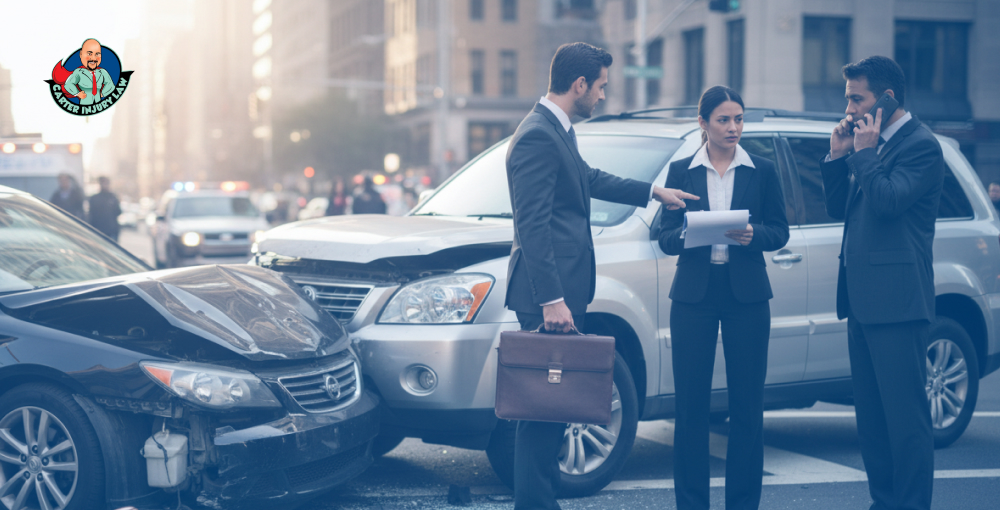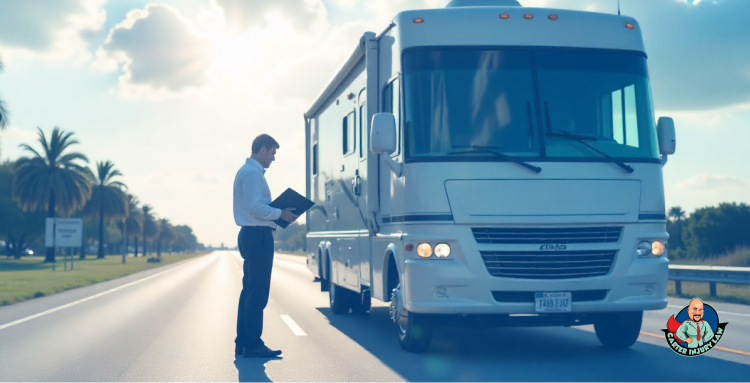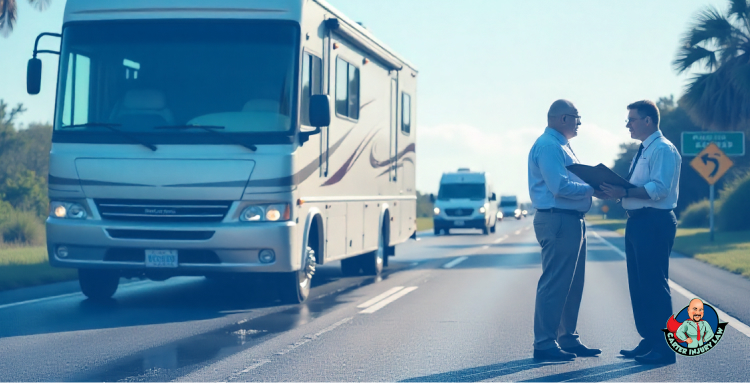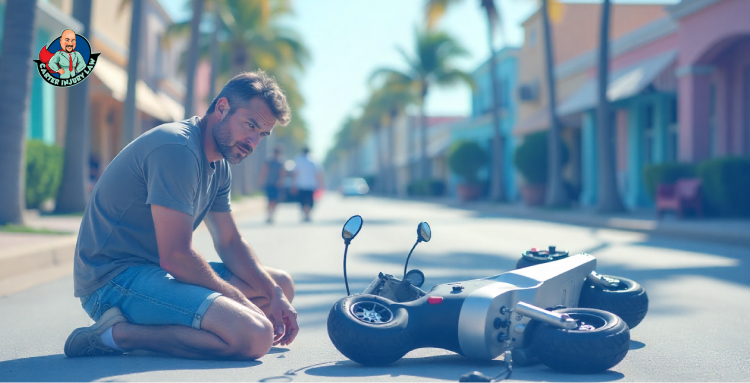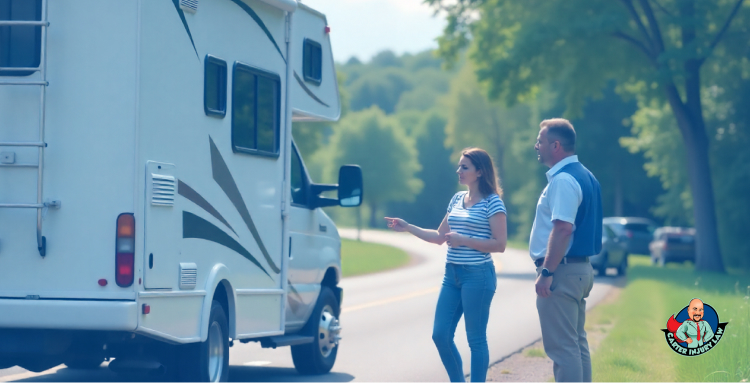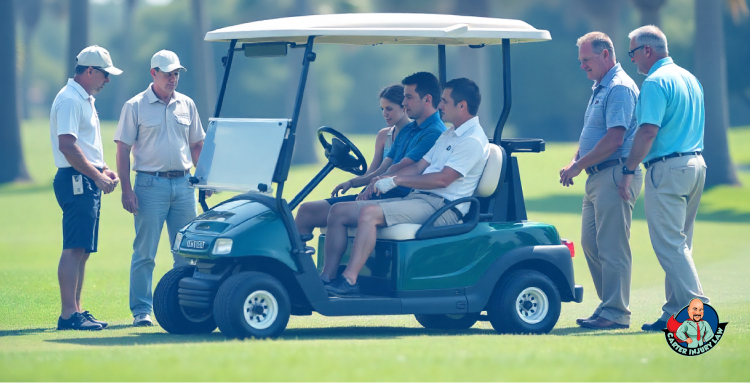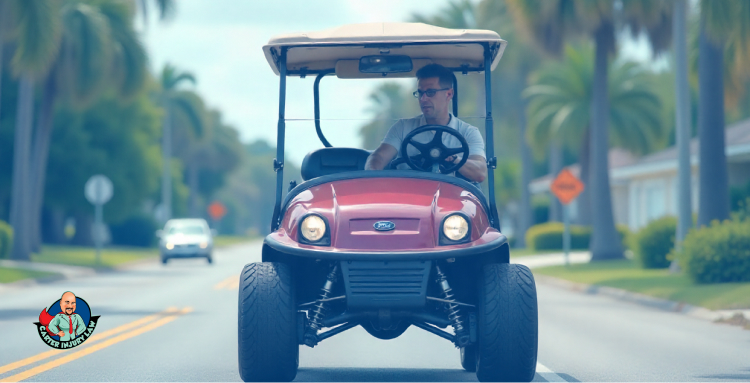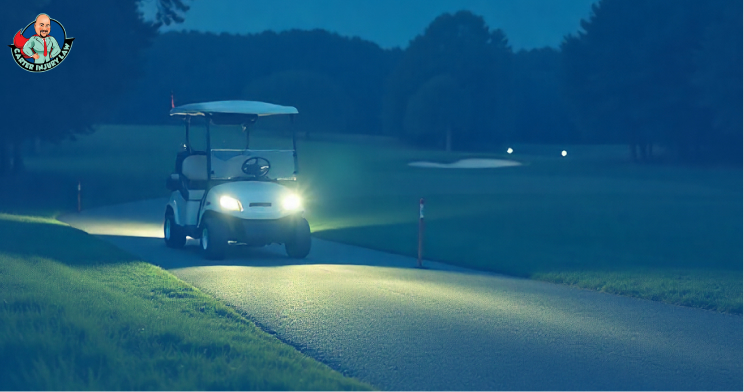
blog
May 27, 2025
Understanding Product Liability What Consumers Need to Know About Dangerous Products
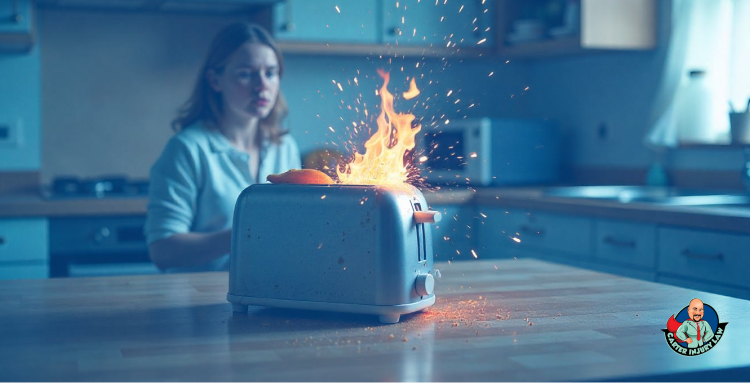
We live in a world where everything is packaged, promoted, and pushed to us as if it were essential—convenient, safe, and tested. However, every so often, something slips through. A product that was supposed to make life easier does the opposite. It hurts. It malfunctions. It breaks, not just physically, but trust too.
No one buys a toaster expecting it to explode or a toy expecting it to be dangerous. But here we are, surrounded by shiny things, not always knowing which ones might turn against us.
The question isn't whether accidents happen. They do. The real question is, when they do, who takes responsibility?
1) What is Product Liability?
Product liability is the legal concept that holds companies accountable when they sell something that’s dangerous or defective and it ends up hurting someone. We’re not talking about freak accidents or user error—we’re talking about a product that never should’ve made it to the shelf in the first place or one that wasn’t built with safety in mind.
If a product malfunctions and causes injury, someone has to take responsibility. And that someone is usually the company that made it, designed it, or sold it.
Companies Have a Duty to Put Safety First
If you’re going to put a product out there for the public to use, then you need to make sure it’s safe. That’s not just good business—it’s the law.
We’re not expecting perfection, but we are expecting due diligence. That means proper design, thorough testing, clear instructions, and warnings where they’re needed. If a company skips any of those steps and someone gets hurt because of it, that’s where product liability comes in.
The Law Steps in When Companies Don’t
At the end of the day, product liability laws exist to protect the public. They’re there to say, “Hey, if you’re putting something out into the world that people are trusting with their bodies, their homes, or their kids, you better do it right.”
These laws don’t just help the injured get compensation—they’re also a powerful way to make sure manufacturers, designers, and sellers take their jobs seriously.
More for you: How to Secure Personal Injury Compensation in Florida Expert Tips from Carter Injury Law
2) Why Product Liability Laws Are Important
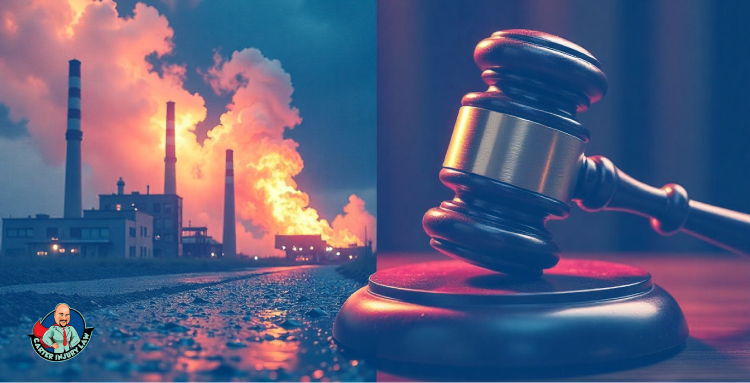
Product liability laws are about prevention. When companies know they can be held accountable for putting out dangerous products, they’re a lot more likely to slow down, double-check, and do things right the first time. That kind of pressure keeps harmful or defective items off the shelves before anyone gets hurt.
They Force Companies to Step Up
Without consequences, some companies cut corners. These laws make sure they don’t. When there’s a real risk of being sued for negligence, manufacturers and sellers take their responsibilities a whole lot more seriously. It’s not just about avoiding court—it’s about doing right by the people who trust them.
They Shine a Light on Where Products Really Come From
In today’s world, a lot of stuff is made overseas. And sometimes, the safety standards in those places aren’t up to par. Product liability laws put pressure on U.S. companies to know exactly what they’re importing and who they’re buying from. That added layer of accountability encourages transparency because they know if something goes wrong, they can’t just blame a factory overseas.
They Protect People from Corporate Carelessness
Big companies have teams of lawyers, insurance policies, and mountains of money. The average person doesn’t. Product liability laws give regular people a fighting chance when they’ve been hurt by something that should’ve been safe. These laws exist to say, “Your injury matters. And someone’s going to answer for it.”
They Even the Odds
Most of the time, you’re not just going up against a brand name. You’re going up against a corporation that’s bigger, richer, and has more resources than you’ll ever have. Product liability laws balance that power. They give individuals a real shot at justice, even when the odds feel stacked against them.
3) The Three Main Types of Product Liability Claims
When someone gets hurt by a product, the law breaks it down into three main types of claims. Each one gets to the root of why that product was dangerous. Let’s walk through them.
Manufacturing Defects – Something Went Wrong on the Line
This one’s all about mistakes during production. The design might’ve been solid, the instructions might be clear—but something went sideways while the product was being made.
Think of it like when you buy a car, and the brake pads are defective on just your vehicle. Or you open a box of cereal and find shards of plastic in it. That’s a manufacturing defect—something went wrong that shouldn’t have and now the product is dangerous because of it.
These are one-offs, but they’re serious. Just because it’s rare doesn’t make it any less harmful.
Design Defects – It Was Built Wrong from the Start
Unlike manufacturing defects, design defects affect every single product that comes off the line. The issue is baked into the blueprint. It’s not that something broke during production—it’s that the product was never safe to begin with.
For examples, A space heater that catches fire after 10 minutes of use. A children’s toy with small parts that pop off way too easily and become choking hazards. A lawnmower that doesn’t shut off when you release the handle.
In these cases, it’s not about a fluke. It’s about a flawed design that never should’ve passed inspection.
Marketing Defects – When Warnings Are Missing or Misleading
Even if a product is made correctly and designed well, it can still be dangerous if people aren’t properly warned about the risks. That’s where marketing defects come in—this is about failure to warn or poor instructions.
Suppose a medication label that doesn’t list a serious side effect, a power tool with no mention of the safety gear needed to operate it, or a cleaning product with no warning that it’s toxic if inhaled.
If the average person wouldn’t know about the danger—and the manufacturer didn’t make that danger crystal clear—that’s a marketing defect. And when someone gets hurt, it’s on the company for keeping them in the dark.
4) The Power of Strict Liability
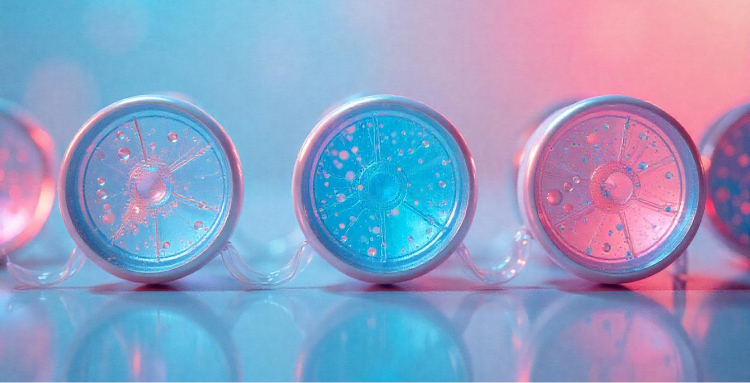
Strict liability is a legal concept that really matters in product liability cases—and it’s one of the most powerful tools a victim has. Let’s break it down.
You Don’t Have to Prove Negligence
This isn’t like a car accident where you have to show someone was texting or speeding. With strict liability, the question isn’t how careful the company was. It’s about, “Was the product defective, and did it cause harm?”
If the answer to both is yes, then there’s a valid claim. You don’t need to prove the company was careless—you just need to show the product failed in a way that hurt you.
Defect + Injury = Case
The law says if a company puts a defective product out into the world and someone gets hurt, that’s enough to hold them accountable. The focus stays on the product, not the company’s intentions.
That’s important because it means victims aren’t stuck chasing down emails, warning signs, or employee screwups. If the product is unsafe and you’re injured, that’s the core of the case.
Everyone in the Chain Can Be Responsible
Strict liability doesn’t stop at the manufacturer. Distributors and sellers can also be held accountable—yes, even if they didn’t make the product.
That includes big-box stores, third-party sellers, and even international manufacturers. It doesn’t matter if the product came from overseas or was sold by a small shop—if it ended up in your hands and caused you harm, they can be brought into the case.
5) Florida’s Unique Laws on Product Liability
Every state has its own spin on the rules when it comes to product liability—and Florida? We’ve got a rule that can seriously impact your ability to recover compensation. It’s called comparative fault, and if you’ve been injured by a defective product, you need to know how it works.
As of March 25, 2023, Florida follows a modified comparative fault rule. What does that mean in plain English?
If a jury finds that you were more than 50% at fault for your own injuries, you can’t recover any money. Zero. Even if the product was defective. Even if someone else should’ve shared the blame. If you're over that 50% line, the court shuts the door on your case.
This isn’t just about car crashes or slipping on a wet floor. It applies to product liability cases too—like when a tool malfunctions, a household appliance catches fire, or a toy injures a child.
Want to hear it straight from the source? Watch the explanation of what product liability means and why strict liability matters.
Want to hear it straight from the source? Watch the explanation of what product liability means and why strict liability matters.
6) What to Do If You’re Injured by a Defective Product
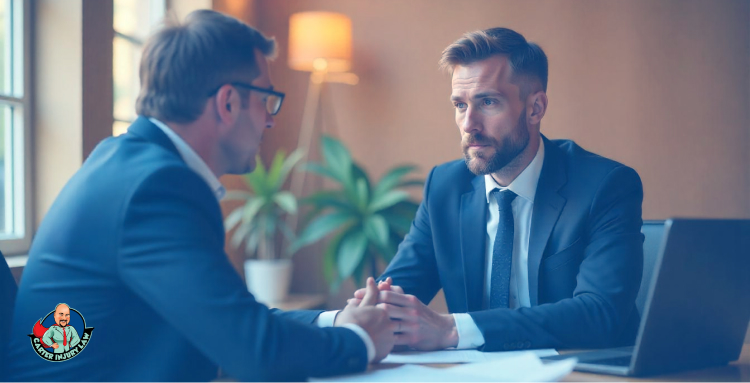
When a product fails and someone gets hurt, it’s not just frustrating—it’s scary. Most people don’t plan for that kind of thing. So if it happens to you or someone you love, here’s what you need to do—step by step.
Step One: Get Medical Help—Right Away
Your health comes first. Before anything else, go see a doctor. Even if you think the injury isn’t “that bad,” let a medical professional take a look. Some injuries take time to show up, and a delay in treatment can hurt both your recovery and your legal case. So don’t wait. Get checked out.
Step Two: Don’t Toss the Product
It might be tempting to throw the thing away—especially if it scared you or hurt your kid. But don’t do it. That product is evidence. Whether it’s a broken appliance, a recalled food item, or a toy that malfunctioned—hang on to it. Put it somewhere safe, because we may need it later to prove what went wrong.
Step Three: Document Everything
Snap photos. Take videos. Save your receipts. If there’s a warning label or packaging, keep that too. Write down what happened while it’s still fresh in your mind—where you were, what you were doing, how the product failed, and how you were hurt. The more you can document now, the stronger your case will be down the line.
Step Four: Consult With a Lawyer
Once you’ve gotten medical care and preserved the product, it’s time to speak with a lawyer who understands product liability. Not every injury turns into a lawsuit, but you won’t know your options until you talk to someone who does this for a living. A good lawyer can walk you through your rights, explain the process, and help you make an informed decision about what to do next.
And remember—big companies have teams of lawyers ready to protect their bottom line. You deserve someone in your corner too.
Another insight to learn: What to Do After a Car Accident in Florida with Out of State Insurance
Carter Injury Law Doesn’t Back Down from Dangerous Products or Big Companies
Most of us don’t buy things expecting them to hurt us. We assume that what’s on the shelf—or online—is safe. However, when a company cuts corners, skips safety checks, or fails to warn people about dangers they knew were there; that’s not just a mistake. That’s negligence. And someone needs to hold them accountable.
We’re not afraid to take on big manufacturers, overseas suppliers, or corporate legal teams. If you’ve been injured by a defective product—whether it’s something you used at home, ate at the table, or gave to your child—we’re here to listen, investigate, and fight for you.
Give us a call. Let’s talk about what happened. And if there’s a case, we’ll walk you through every step—clearly, honestly, and with your best interest at the center of it all.
Recent posts
